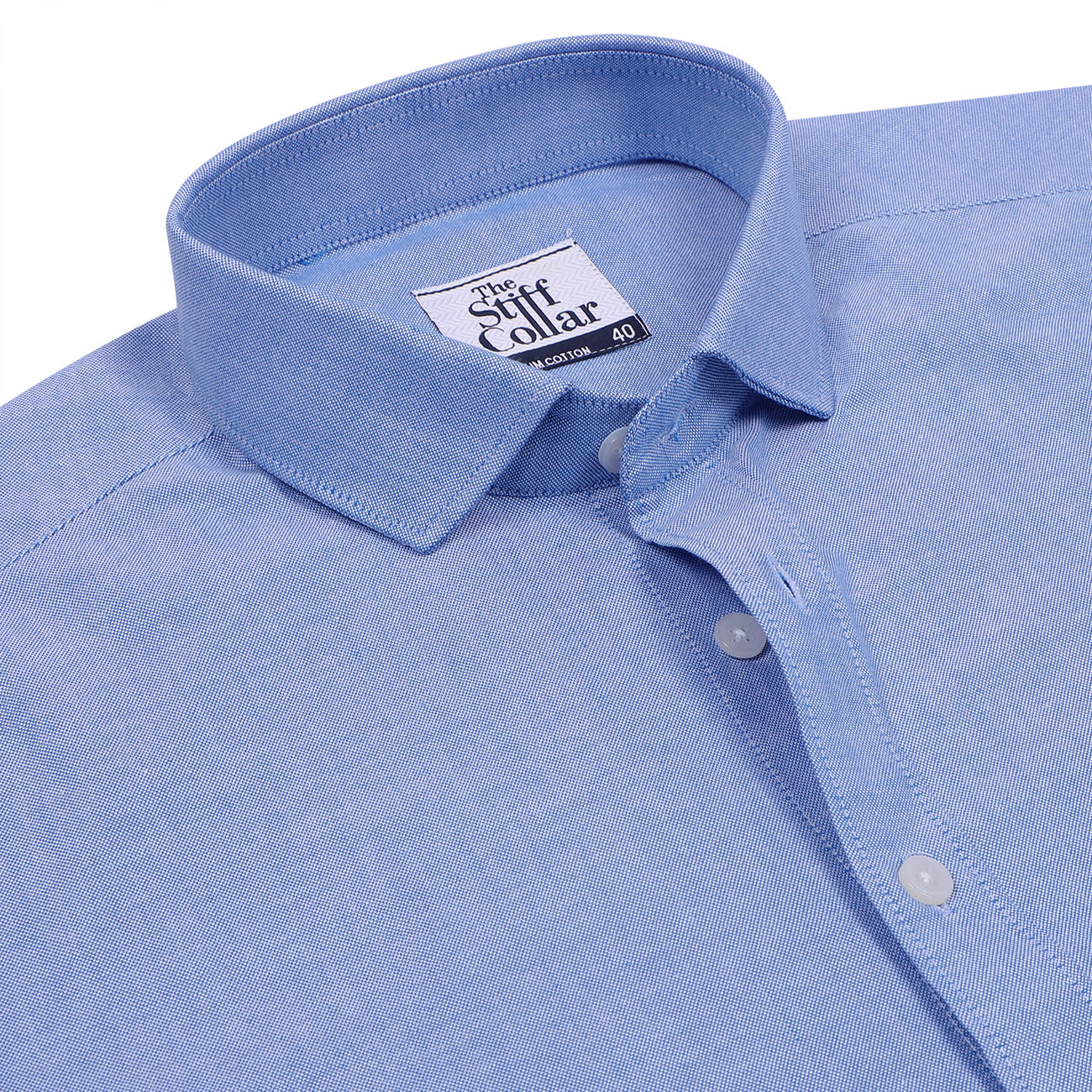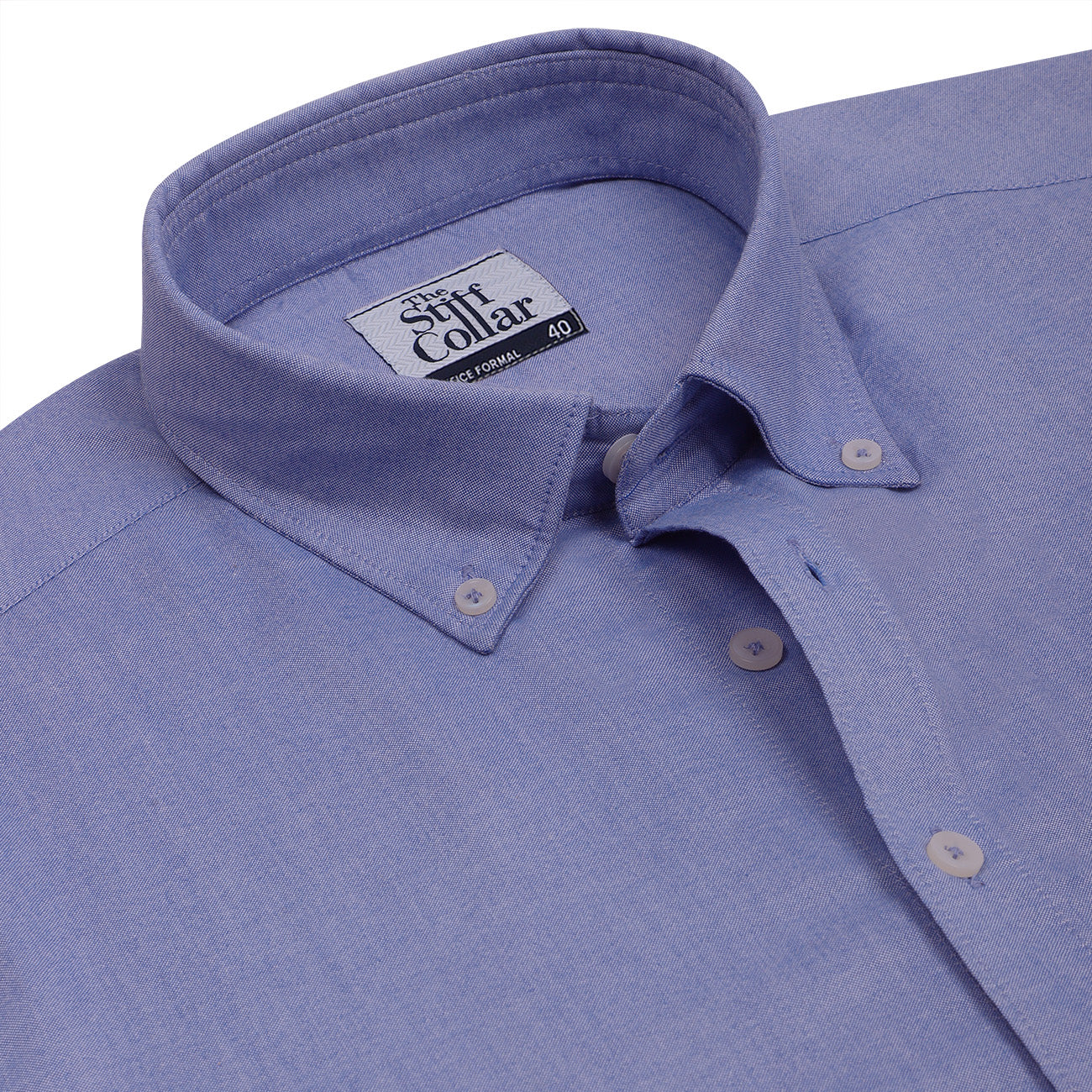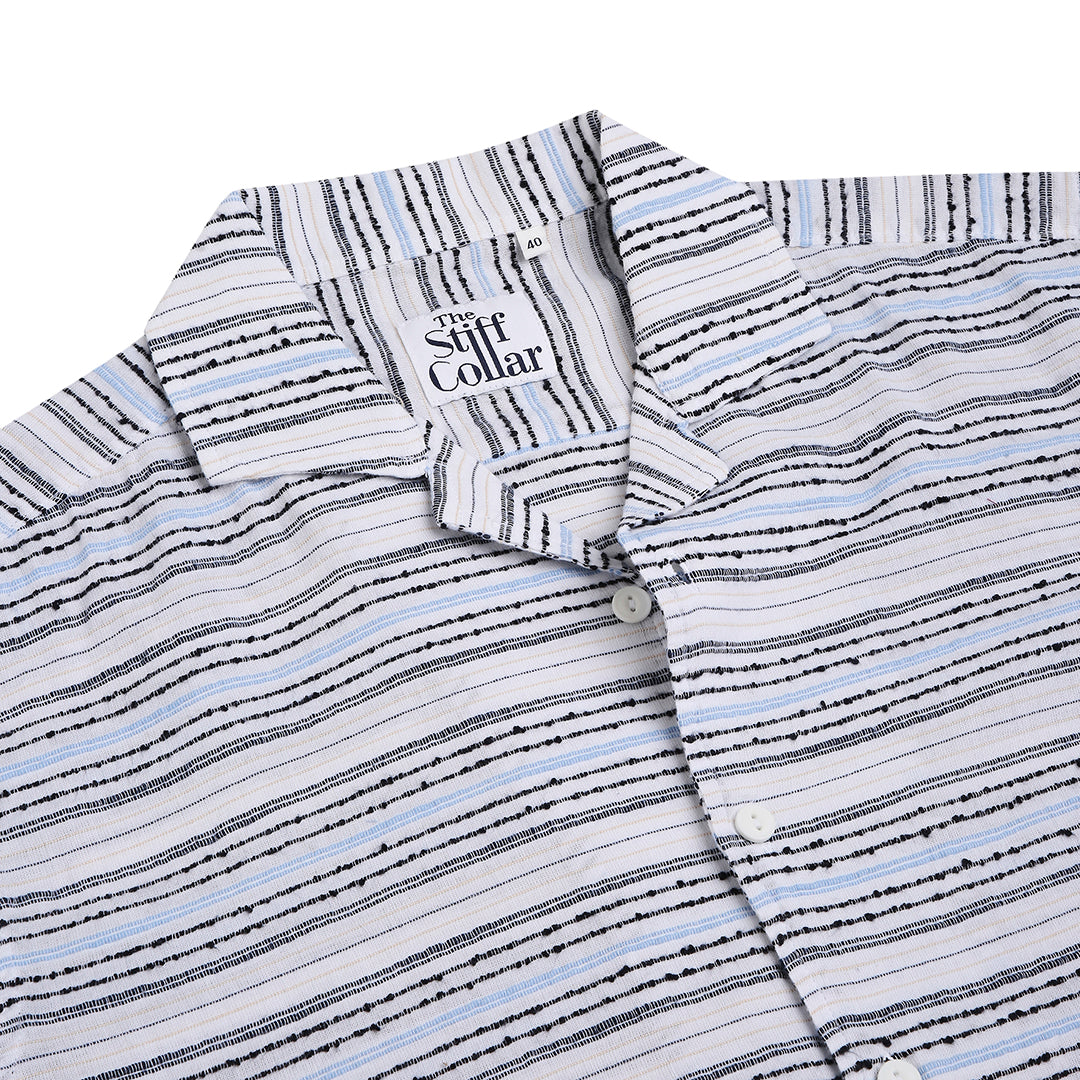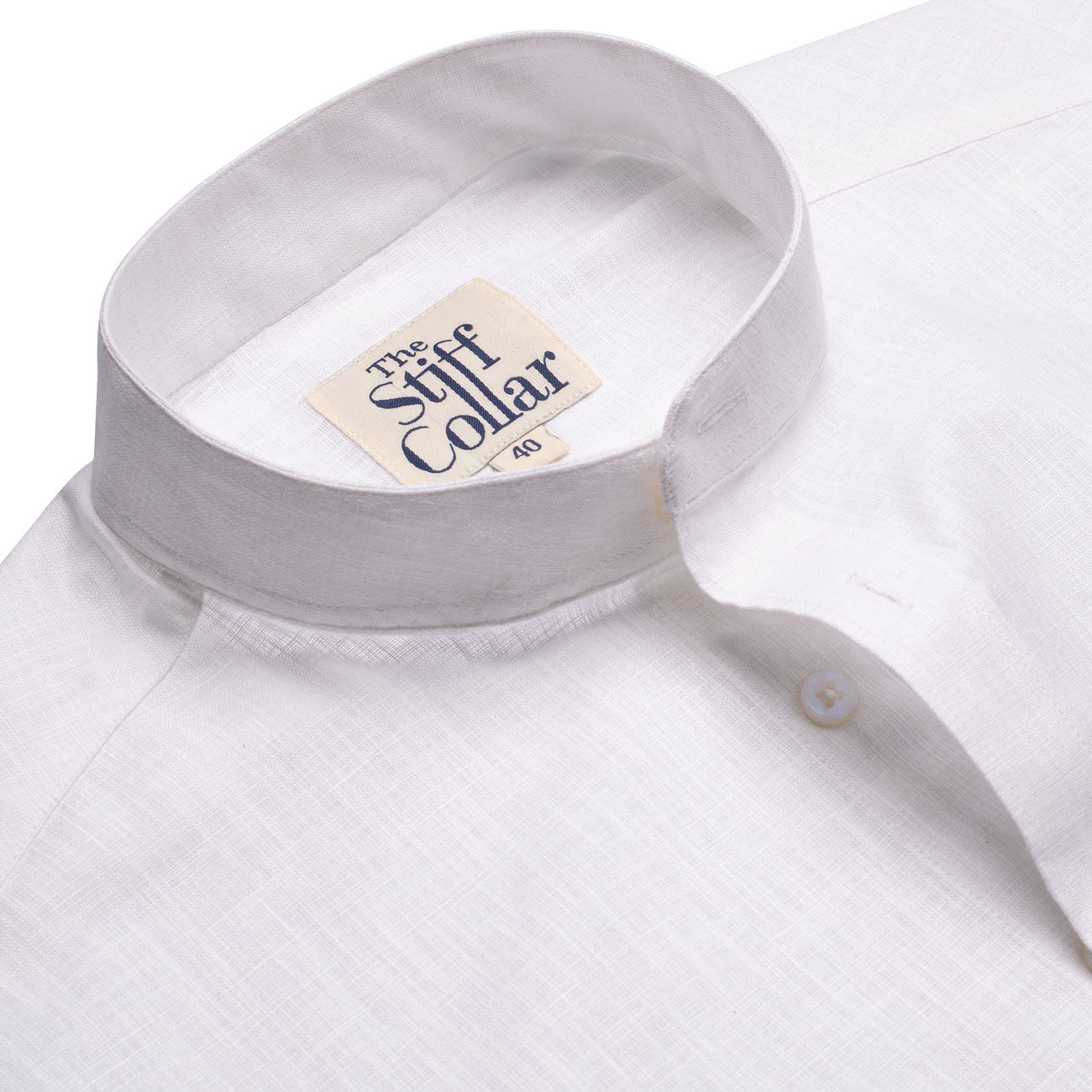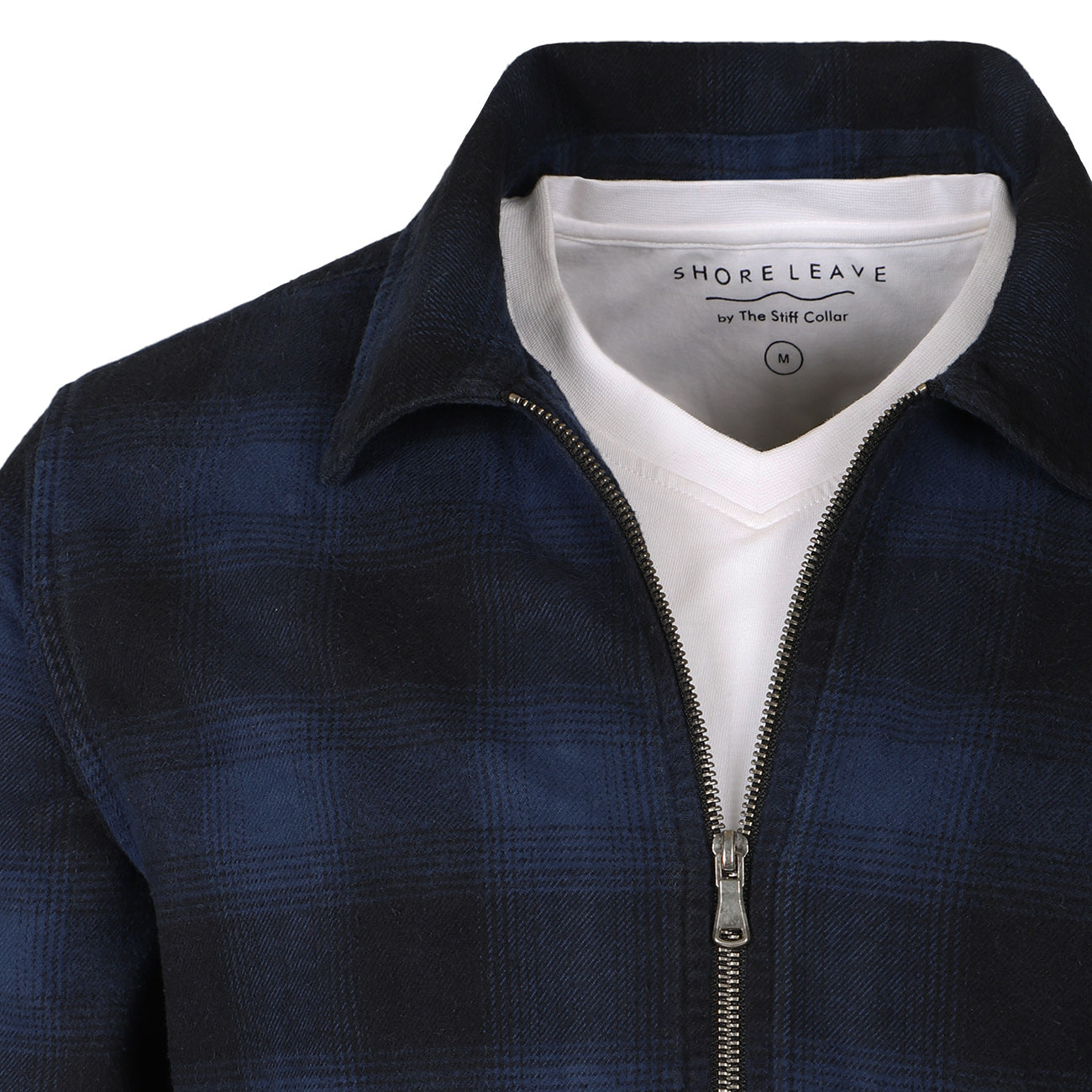A logo is the signifier or marker of a brand. Traditionally this would be the brands name, but in today’s world of mass communication it could be a single initial, a trademark colour, font, or pattern, a symbol, or indeed the product itself that is instantaneously synonymous with a brand.

So first, let’s delve into the history of logos and the evolution they’ve gone through…
In the Middle Ages (5th to 15th century), also known as the Medieval period, symbols were used as identifiers of religion, political belief, or factions. In these turbulent times many wars were fought, and having a symbol emblazoned on your armour or flag would show your allegiance and distinguish friend from foe.

In the Industrial Revolution makers marks were stamped on all products to identify the creator or manufacturer - also known as a trademark. Companies like Louis Vuitton started to stamp their luggage with the makers mark 'LV' so that whenever their luggage was in transit it would be seen on platforms and passersby would notice the high quality, premium product, and know who had designed it. This was one of the first forms of free advertising.

Moving to the 20th century, prestigious schools, universities, and establishments started to embellish their school crests on to uniforms as a way of grouping students into a proud scholastic community and informing outsiders as to which college that student belonged. These crests, which have Latin roots, were held in high regard amongst wider society.

Around the same time, many professional sports players were gaining in popularity and notoriety. Following sports such as football, cricket, tennis and motorsports had become easier and more accessible to the masses due to the medium of radio and television, and as a result many sports stars became celebrity figures in mainstream society. Such was their popularity, that the general public often tried to emulate their style. One such star was Rene Lacoste, the French tennis player, famously referred to as ’The Crocodile’ for his style of play. The nickname stuck and subsequently a small embroidered crocodile appeared on his polo t-shirts worn during games. Lacoste is now one of the world's most successful brands, and that little crocodile is known internationally.

Later on, other brands started cottoning on to this method of free advertising and by the 21st century consumers could pick up graphic printed t-shirts, embroidered t-shirts, caps and sweaters, from most highstreet brands - from the most low-cost, budget names, to the most luxurious, premium brands. Buying and wearing these branded items became a form of self-expression and a way of showing your appreciation and commitment towards and a brand.
From the 80’s onward, logos and branding became an important part of the music industry with rappers spitting out endless streams of luxury brand names, sporting only branded garments, driving round in luxury brand cars, and wearing luxury branded watches. Branding became synonymous with luxury lifestyle and fame, and therefore became aspirational.

Around the same time, prep style began to gain popularity with signature items such as shirts, blazers, socks, caps, sweatshirts emblazoned with logos, crests and initials. This was an iconic style at the time and was associated with high society, university education, and wealth.

In the 90's and beyond, counterfeit products could be found in most markets across the world. Consumers could pick up knock-off's of all the major brands for a fraction of the price. Still today, fake versions of the originals can be found easily, thus diluting the value of genuine items due to the association with fakes.

Why are logo’s still popular today:
- Wearing or owning an item that has a visible logo is a way of identifying with a group or community. Likeminded people are more likely to purchase similar products and therefore in some way, through their proud displaying of that logo, they create a community.
- Logo’s represent status, cachet, and wealth. The product itself needn’t even be of high quality, but the very presence of the logo is enough to boost its worth. Consumers like to ‘invest’ in products that will reflect well upon themselves and give them a higher social status.
- Logos are the mascots for brands and we tend to like or dislike individual brands based on what they represent, and what those brands ideals are. We may choose to purchase a particular branded product if we think that the brand aligns with our ideals, or we may choose that product to give the impression of a certain lifestyle. For example, consumers may purchase Ralph Lauren products, with the small horse logo, because they want to be associated with an outdoorsy, high-society lifestyle, they may also think that Ralph Lauren best represents their personality or how they wish to be perceived.
At the Stiff Collar, we love a branded product - even if just purely from an aesthetic point of view. Explore our range of embroidered men's polo t-shirts here: https://www.thestiffcollar.com/search?type=product&q=Polo

